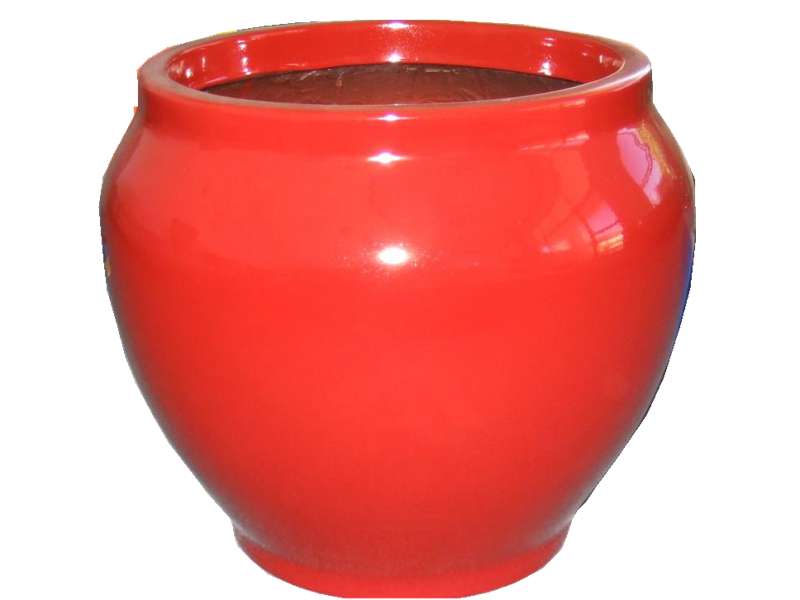
-
 Afrikaans
Afrikaans -
 Albanian
Albanian -
 Amharic
Amharic -
 Arabic
Arabic -
 Armenian
Armenian -
 Azerbaijani
Azerbaijani -
 Basque
Basque -
 Belarusian
Belarusian -
 Bengali
Bengali -
 Bosnian
Bosnian -
 Bulgarian
Bulgarian -
 Catalan
Catalan -
 Cebuano
Cebuano -
 China
China -
 China (Taiwan)
China (Taiwan) -
 Corsican
Corsican -
 Croatian
Croatian -
 Czech
Czech -
 Danish
Danish -
 Dutch
Dutch -
 English
English -
 Esperanto
Esperanto -
 Estonian
Estonian -
 Finnish
Finnish -
 French
French -
 Frisian
Frisian -
 Galician
Galician -
 Georgian
Georgian -
 German
German -
 Greek
Greek -
 Gujarati
Gujarati -
 Haitian Creole
Haitian Creole -
 hausa
hausa -
 hawaiian
hawaiian -
 Hebrew
Hebrew -
 Hindi
Hindi -
 Miao
Miao -
 Hungarian
Hungarian -
 Icelandic
Icelandic -
 igbo
igbo -
 Indonesian
Indonesian -
 irish
irish -
 Italian
Italian -
 Japanese
Japanese -
 Javanese
Javanese -
 Kannada
Kannada -
 kazakh
kazakh -
 Khmer
Khmer -
 Rwandese
Rwandese -
 Korean
Korean -
 Kurdish
Kurdish -
 Kyrgyz
Kyrgyz -
 Lao
Lao -
 Latin
Latin -
 Latvian
Latvian -
 Lithuanian
Lithuanian -
 Luxembourgish
Luxembourgish -
 Macedonian
Macedonian -
 Malgashi
Malgashi -
 Malay
Malay -
 Malayalam
Malayalam -
 Maltese
Maltese -
 Maori
Maori -
 Marathi
Marathi -
 Mongolian
Mongolian -
 Myanmar
Myanmar -
 Nepali
Nepali -
 Norwegian
Norwegian -
 Norwegian
Norwegian -
 Occitan
Occitan -
 Pashto
Pashto -
 Persian
Persian -
 Polish
Polish -
 Portuguese
Portuguese -
 Punjabi
Punjabi -
 Romanian
Romanian -
 Russian
Russian -
 Samoan
Samoan -
 Scottish Gaelic
Scottish Gaelic -
 Serbian
Serbian -
 Sesotho
Sesotho -
 Shona
Shona -
 Sindhi
Sindhi -
 Sinhala
Sinhala -
 Slovak
Slovak -
 Slovenian
Slovenian -
 Somali
Somali -
 Spanish
Spanish -
 Sundanese
Sundanese -
 Swahili
Swahili -
 Swedish
Swedish -
 Tagalog
Tagalog -
 Tajik
Tajik -
 Tamil
Tamil -
 Tatar
Tatar -
 Telugu
Telugu -
 Thai
Thai -
 Turkish
Turkish -
 Turkmen
Turkmen -
 Ukrainian
Ukrainian -
 Urdu
Urdu -
 Uighur
Uighur -
 Uzbek
Uzbek -
 Vietnamese
Vietnamese -
 Welsh
Welsh -
 Bantu
Bantu -
 Yiddish
Yiddish -
 Yoruba
Yoruba -
 Zulu
Zulu
Methods for Effectively Extending a Threaded Rod with Precision and Safety
Understanding the Extension of a Threaded Rod A Guide to Proper Techniques
Threaded rods, commonly used in various construction and engineering applications, are essential components in securing structures and creating strong connections between different elements. However, understanding how to properly extend a threaded rod is crucial to ensuring structural integrity and safety.
What is a Threaded Rod?
A threaded rod is a long, cylindrical piece of metal with threads running along its length. This threading allows for easy attachment of nuts, bolts, and other fasteners, making it a versatile choice for numerous applications, from securing beams to holding machinery in place. The ability to extend a threaded rod smoothly is essential, especially in projects that involve adjustments or future modifications.
Factors Influencing Extension
When extending a threaded rod, several factors come into play
1. Material The type of material used can significantly affect the rod's tensile strength and flexibility. Common materials include steel, stainless steel, and aluminum. Each material has different properties, so understanding their limits is essential to avoid failure.
2. Thread Size and Pitch The size and pitch of the threads also dictate how much load the rod can handle and how effectively it can be extended. Larger and finer threads offer a better grip, which is essential for maintaining the stability of the connection.
3. Loading Conditions Consider the types of loads the threaded rod will bear. Static loads, dynamic loads, and environmental factors such as temperature changes can all influence the extension process and the performance of the rod.
extension of a threaded rod how to properly extend a ...

Proper Techniques to Extend a Threaded Rod
To extend a threaded rod safely and effectively, follow these guidelines
1. Assess Load Requirements Before making any changes, evaluate the load the rod will encounter. This assessment will help in determining the appropriate material and thread specifications for the extension.
2. Use Threaded Rod Couplers Instead of merely adding another section of rod, consider using a threaded rod coupler. These couplers are designed to join two sections of threaded rod and provide a seamless connection. This method not only maintains structural integrity but also allows for easier adjustments in the future.
3. Ensure Proper Alignment When extending the rod, align the sections carefully to avoid bending or twisting. Misalignment can lead to stress concentrations that may weaken the connection.
4. Tighten Evenly When connecting nuts to both ends of the rod, ensure that they are tightened evenly. Uneven tightening can result in additional stress on one part of the rod, leading to potential failure over time.
5. Regular Inspection After installation, be sure to regularly inspect the threaded rod and its connections. Look for signs of wear, corrosion, or misalignment, and address these issues immediately to prevent failure.
Conclusion
Extending a threaded rod properly is vital to maintaining the integrity of any structure it supports. By understanding the factors at play and following best practices, you can ensure that your threaded rods perform effectively and safely. With careful assessment, correct installation techniques, and regular maintenance, you can extend the lifespan of your threaded rod applications while ensuring structural soundness.
Latest news
-
Exploring the Benefits of Top Hammer Drifter Rods for Enhanced Drilling PerformanceNewsJun.10,2025
-
High-Precision Fiberglass Winding Machine for GRP/FRP Pipe Production – Reliable & Efficient SolutionsNewsJun.10,2025
-
FRP Pipes & Fittings for Shipbuilding - Corrosion-Resistant & LightweightNewsJun.09,2025
-
Premium FRP Flooring Solutions Durable & Slip-ResistantNewsJun.09,2025
-
Premium Fiberglass Rectangular Tanks Durable & Lightweight SolutionNewsJun.09,2025
-
Tapered Drill String Design Guide Durable Performance & UsesNewsJun.09,2025









